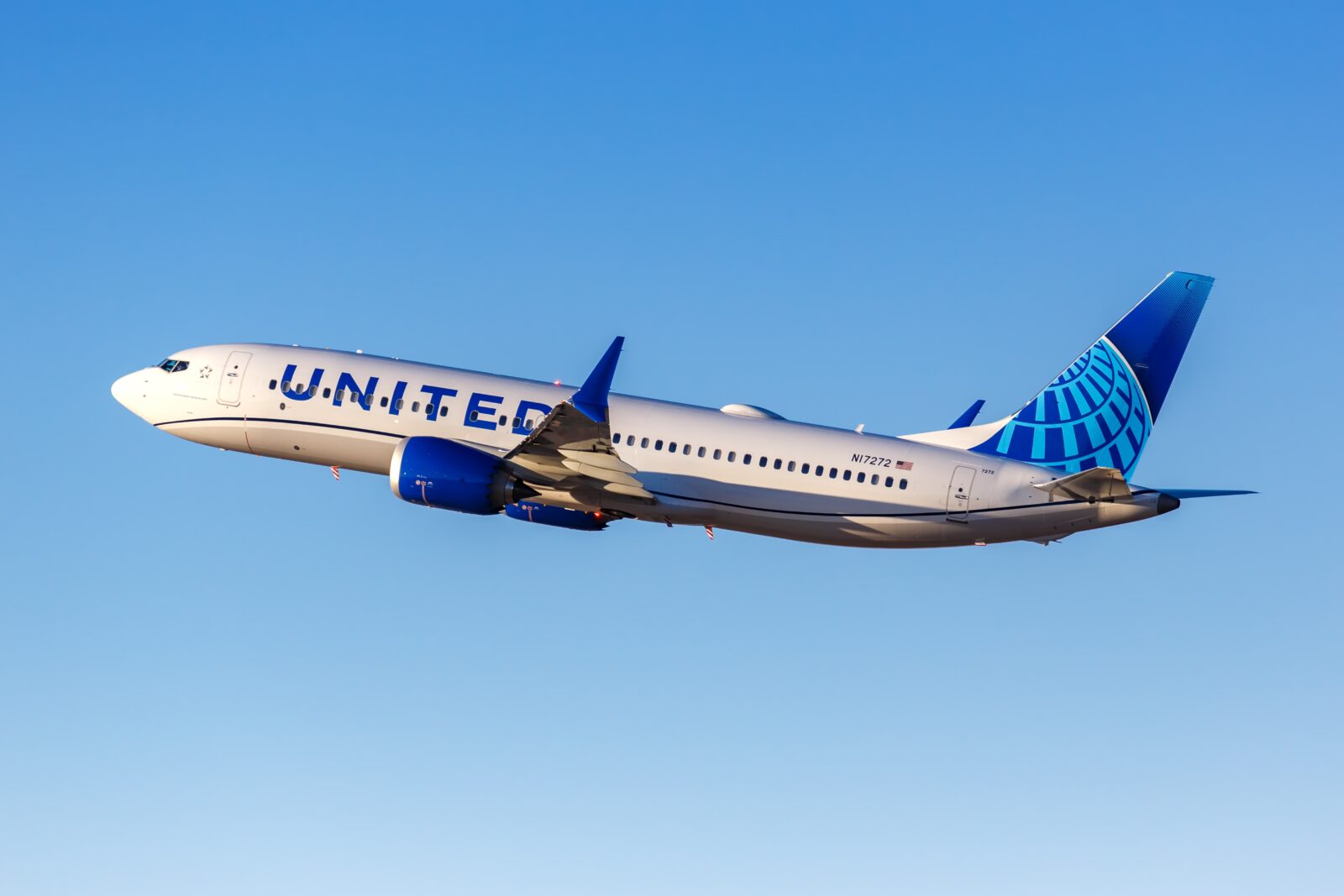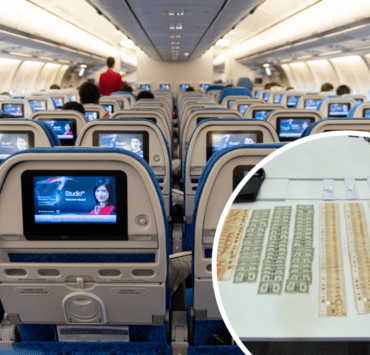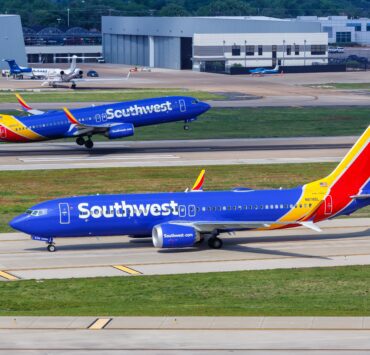
Federal aviation safety investigators have opened a probe into why the rudder pedals on a four-year-old United Airlines Boeing 737MAX-8 became briefly stuck as the pilots attempted to land the jet at Newark Airport last month.
The rudder pedals are positioned close to the feet of the pilots and, as the name suggests, are used to control the aircraft rudder. By pressing on the left rudder pedal, the rudder moves to the left and pressing down on the right rudder pedal moves the rudder to the right.
When a plane is coming into land, the rudder pedals are used to keep the aircraft on the centerline on the runway by controlling the plane’s yaw motion.
During United Airlines flight UA1539 from Nassau, Bahamas, on February 6, the Captain reported that the rudder pedals were ‘stuck’ when he pushed down to control the position of the rudder, and they were forced to use nosewheel steering tiller to keep the aeroplane near the runway centerline.
The Captain asked the First Officer to test their rudder pedals and he also reported that the pedals were stuck in the neutral position. A short time later, the pedals started to work as expected, although United took the aircraft out of service for troubleshooting.
During a test flight a few days later, engineers were able to ‘duplicate’ the rudder pedal malfunction and the National Transportation Safety Board (NTSB) was called in to get to the bottom of what the problem was.
The NTSB says a preliminary review of the Black Box or flight data recorder has corroborated the pilot’s account of what happened, and an investigation into what exactly caused the rudder pedals to malfunction is still ongoing.
Investigators say post-incident troubleshooting and inspection of the rudder control system didn’t find any obvious issues, but when various components were removed and replaced, the rudder control system started to perform as expected.
One possible theory is that cold temperatures may have interfered with a disabled rollout guidance servo. The NTSB says further examination of this theory is needed before any definitive cause can be confirmed.
Collins Aerospace is the manufacturer of the rudder control system and is helping NTSB investigators.
Mateusz Maszczynski honed his skills as an international flight attendant at the most prominent airline in the Middle East and has been flying throughout the COVID-19 pandemic for a well-known European airline. Matt is passionate about the aviation industry and has become an expert in passenger experience and human-centric stories. Always keeping an ear close to the ground, Matt's industry insights, analysis and news coverage is frequently relied upon by some of the biggest names in journalism.










I had heard that United pilots are required to remove any chewing gum from their mouths before landing (to avoid possibility of choking during violent turbulence. Anybody check under the pedal for a hiding place?